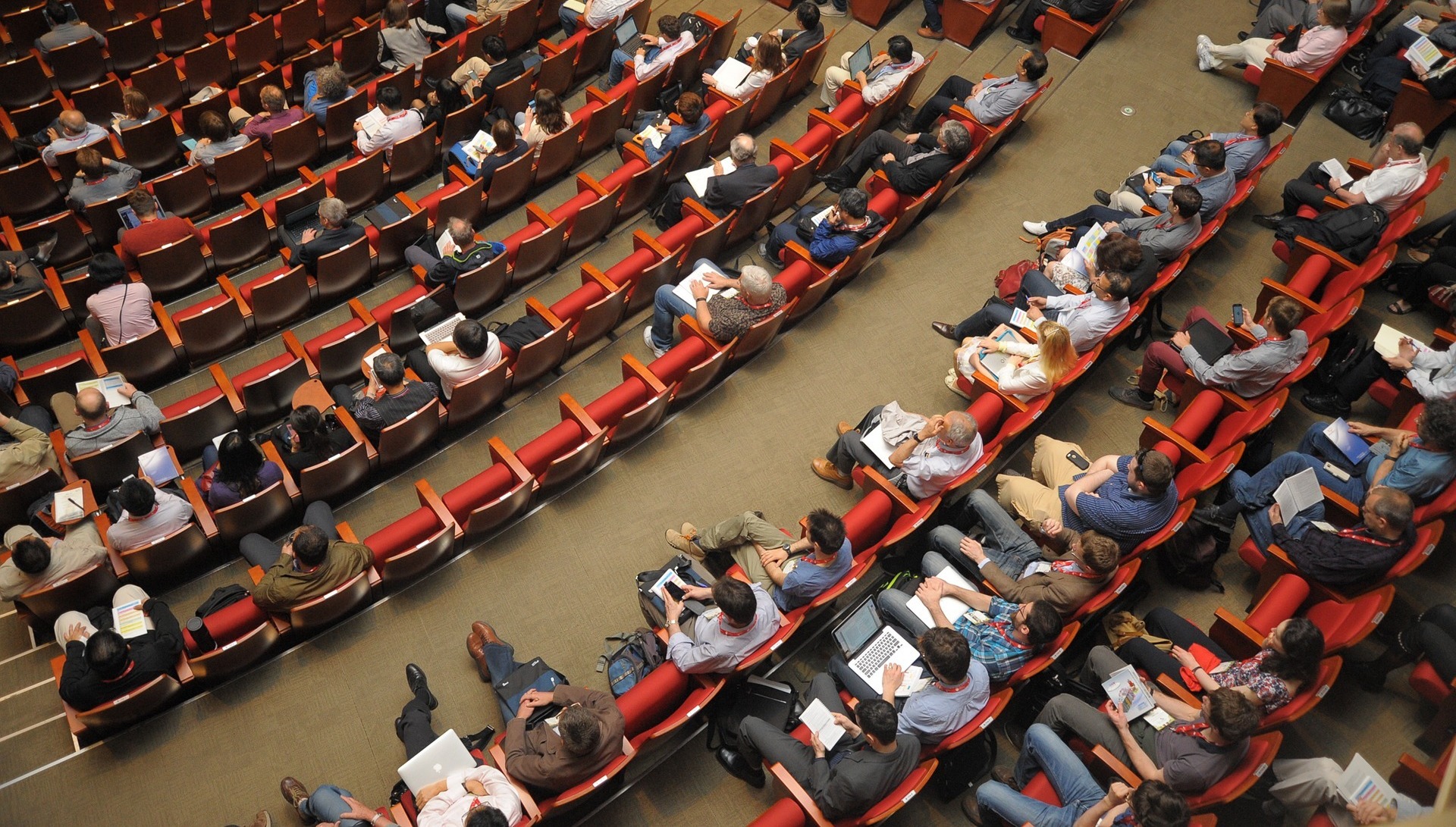A few thoughts on running conferences
I attended an event as a delegate recently. Throughout the day, a few things happened that reinforced my thoughts about designing and running an effective conference.
Timings and agenda design
Don’t issue an agenda with detailed timings on to delegates. It raises expectations and creates frustration, particularly when people see break times come and go.
Design realistic timings and brief your speakers to adhere to the timings. At the conference, the two speakers on the first topic had 20 minutes on the agenda between them. The next speaker had 25 minutes for their topic. The speakers on the first session ran on for 55 minutes. You could feel the room getting restless as they saw from the agenda that the second speaker was starting 10 minutes after he’d been due to finish! However, it turned out that one of the later speakers couldn’t make the event, so some time could be caught back up. Had the delegates been told that from the outset it would have really helped with the attention and frustration in the room.
If you’re presenting, use a timer to keep you on track. The countdown timer on your phone works fine, or use an App such as ‘Silent Presentation’.
As the speaker, don’t say “Nearly there for me”. It highlights that you’re aware you’ve been going on a bit and people perhaps aren’t as engaged as you’d like them to be
Presentation design and delivery
Think about the message that you want people to take away from your presentation. Identify the ‘golden thread’ that runs through your session. Use two or three key points to support the message. Support each of those key points with two or three stories, statistics, or case studies.
Prepare and rehearse your delivery – out loud. This is particularly important is someone else has written your presentation and you’re not familiar with it. If you don’t rehearse, the issue is that you read your presentation from notes. You’re therefore looking down and not engaging with the audience.
You must, must, must make sure the information on your slides is visible. On several occasions, presenters at the conference said “If you can’t read this at the back, or the front, it says….” and “Even the front can’t read this.” If you know that the audience can’t read it, don’t show it in the first place.
Vary the presentation content by adding relevant video. But make sure the sound works and make sure you can switch back to your presentation after playing the video.
Breakout sessions
Breakout sessions vary the style of the event for the delegates. So don’t turn them into another one-way presentation opportunity.
Use breakouts to create interaction and get ideas from the delegates in smaller groups. However, make sure you leave time for discussion, input, capture of ideas and feedback.
Facilitation
Use a facilitator (or MC) to help keep the conference moving, manage timings, panel discussions and Q&A sessions.
Encourage your panel members not to get defensive or argue back with members of the audience who might have a specific issue and want to make a public point.
Try not to end the conference with a Q&A session. You risk losing control of the topic and don’t know what questions will be asked (if any) or what points the audience may want to make.
End the event on your own terms and on a positive note with a final speaker.
If you’d like to discuss how I could help you to design and run a successful conference, then contact me and we’ll set up a call.
Share this post:

